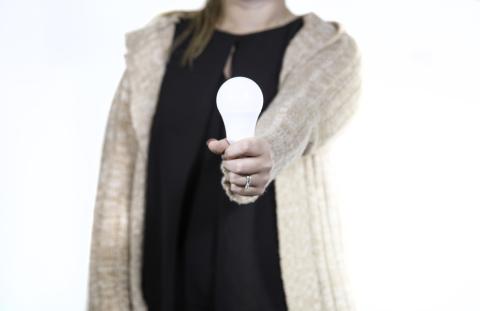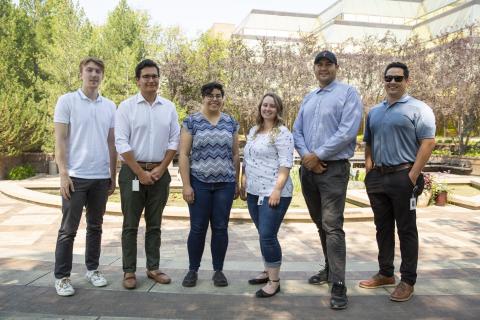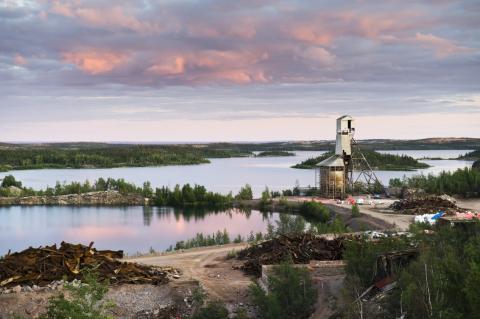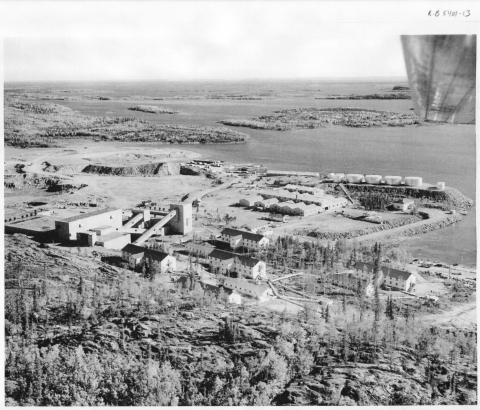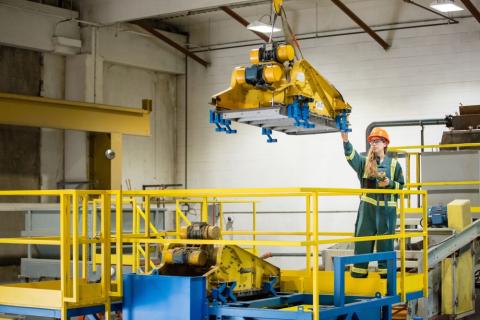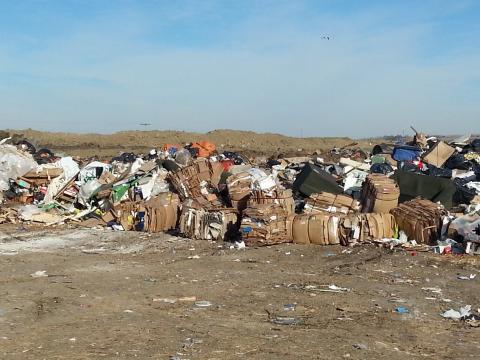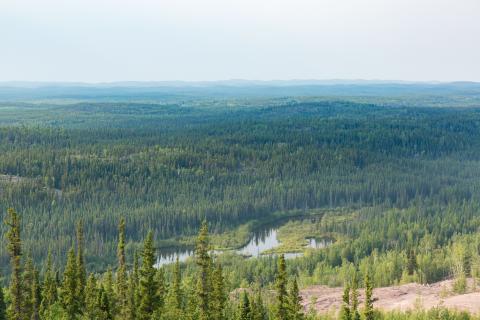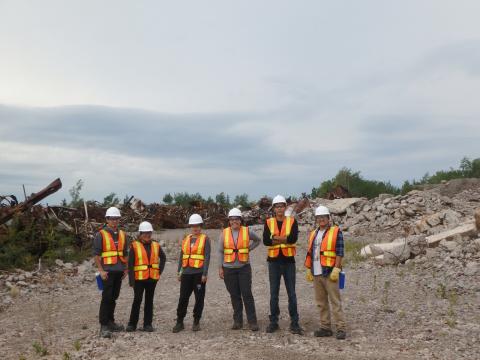Inside SRC
Did you know that lighting accounts for about one-third of an average home’s energy use? With so many different options for light bulbs on the market, it's hard to know which one is the best. We share seven reasons why people should consider switching to LEDs, the fastest growing tech in this sector.
Before the end of this year’s Aboriginal Mentorship Program at SRC, second-year mentee Tomika and her mentor, Mark had a chance to talk about their experience in the program. Read some of our favourite responses from their conversation, which we hope will shed some light on the benefits of mentorship.
The Gunnar Mine and Mill Site was abandoned with little to no decommissioning after it ceased operation in 1964, leaving behind significant hazards to the environment and public. Learn about the decades after the Gunnar Site closed and what's being done to remediate the land.
The Gunnar Mine operated from 1955-1963 and officially closed in 1964 with little to no decommissioning. In 1956, it was considered to be the largest uranium producer in the world. Learn about the construction of the site, the operational challenges and the town site that was built - and why it became a ghost town.
Learn why three students from SRC’s Aboriginal Mentorship Program chose a STEM education and what their careers aspirations are. Each of them have a unique story, which we hope will inspire other Indigenous youth to consider a career and education in STEM.
Like many municipalities, the City of Swift Current is looking at methods to preserve the airspace at their landfill. One option is to reduce the volume of disposed cardboard and waste wood going into the landfill - but how? SRC explored several alternative uses for recycled cardboard. Learn which one is the most promising.
Remediating a contaminated site may have positive and negative impacts on biodiversity. Learn how a sustainable approach to remediation involves planning and implementing environmental protection throughout the entire remediation process.
There are many potential impacts that climate change may have on Canada’s boreal forest. Industry and government will need to prepare for a different forest environment, and develop adaptation strategies for dealing with the new conditions.
Giving students the opportunity to try a hands-on experience in science is something we never shy away from. We love science. So, when we heard that youth in northern Saskatchewan were looking for opportunities to gain experience in science-related fields, we took on the challenge.
With all of the different products and choices available to us, how can we, as consumers, make “green” choices based on reliable information? One valuable way to lower our impacts on the environment is to think about the full life cycle impacts of decisions about the products and services we consume.
